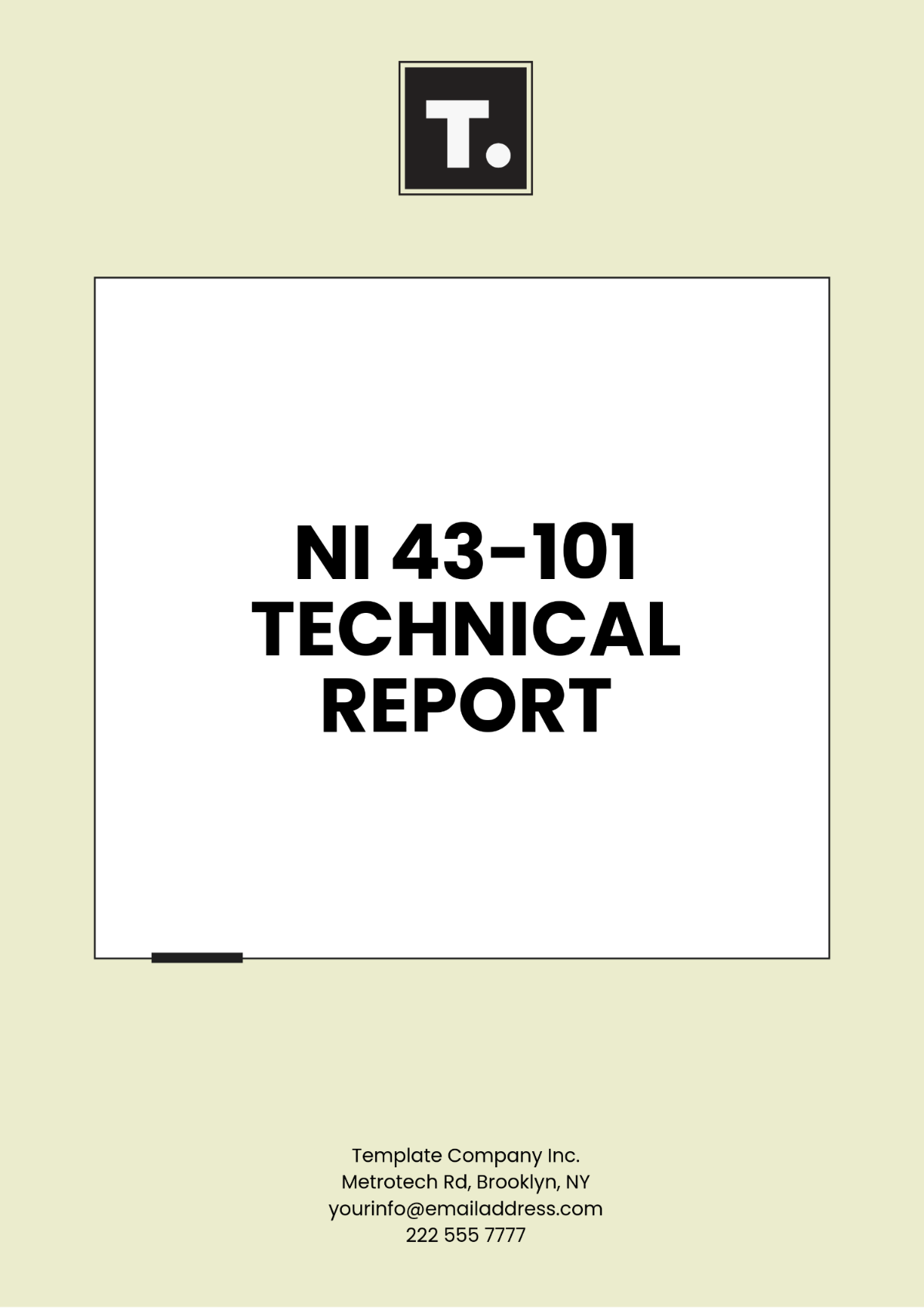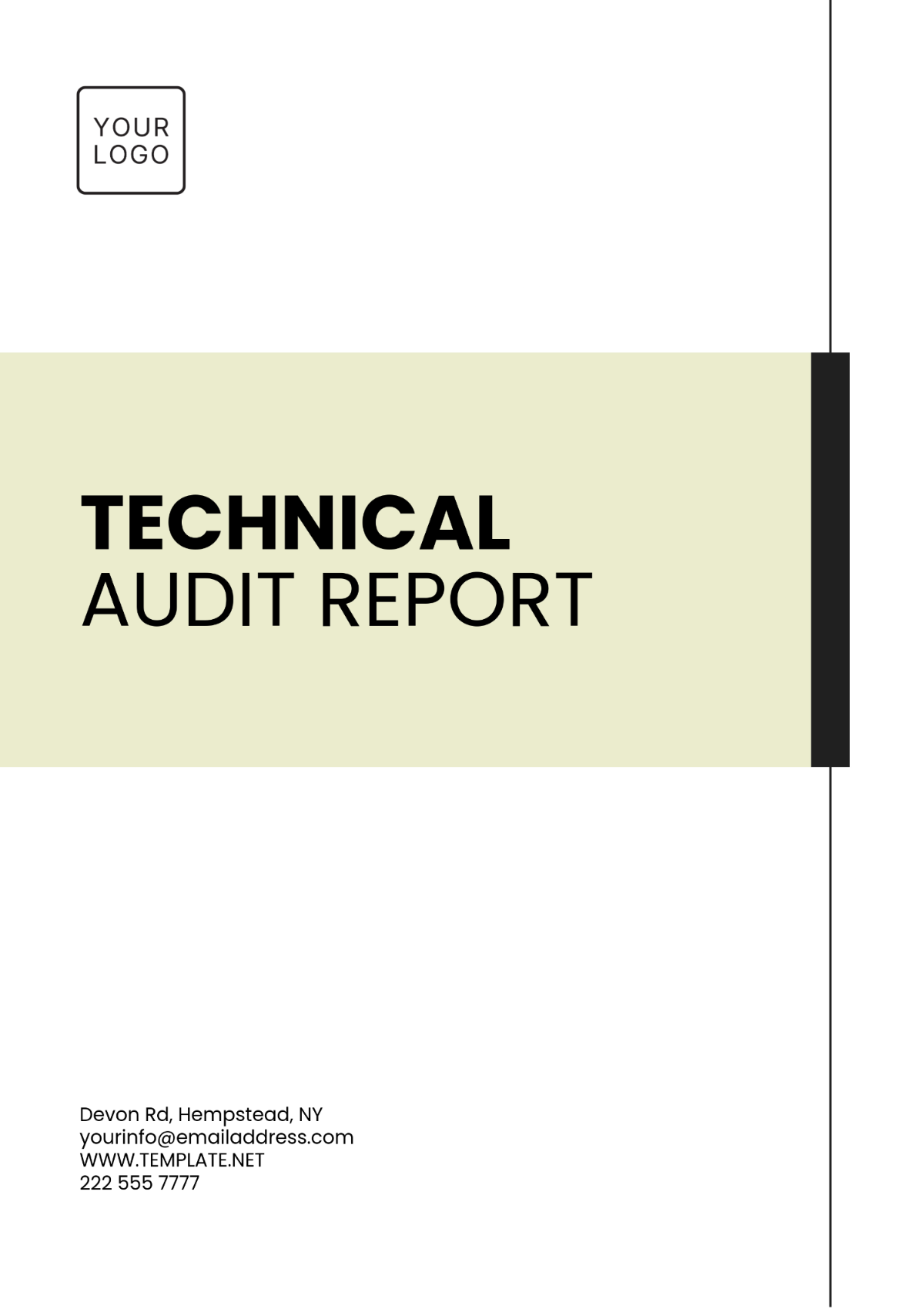Technical Report Format
Company: | Author(s): | Date: |
|---|---|---|
[Your Company Name] | [Your Name] | January 10, 2051 |
I. Executive Summary
This report provides a comprehensive analysis of advanced robotics integration in industrial settings, with a focus on the implementation processes, the numerous benefits, and the various challenges faced by companies. The examination encompasses detailed case studies and interviews with industry experts, offering valuable insights into best practices and emerging trends in the field of robotics.
II. Introduction
The integration of advanced robotics into various industrial sectors has demonstrated significant improvements in efficiency, productivity, and quality. This report aims to explore the multifaceted aspects of robotics integration, presenting key findings and offering strategic recommendations for successful implementation. The objective is to provide a thorough understanding of how robotics can transform industrial operations and the necessary steps to achieve these advancements.
III. Methodology
A. Data Collection
Data was collected through a multi-faceted approach to ensure a comprehensive analysis:
Surveys: Distributed to industry professionals across different sectors to gather a wide range of perspectives and experiences.
Interviews: Conducted with leading robotics experts to gain in-depth insights into the technical and practical aspects of robotics integration.
Literature Review: An extensive review of existing research, articles, and case studies to compile secondary data and validate findings.
B. Analysis Techniques
We employed a combination of qualitative and quantitative analysis techniques:
Qualitative Analysis: Thematic analysis of interview transcripts and open-ended survey responses to identify common themes and insights.
Quantitative Analysis: Statistical analysis of survey data and case study metrics to quantify the benefits and challenges of robotics integration.
IV. Findings
A. Benefits of Robotics Integration
Increased Efficiency: Automation of repetitive tasks leads to faster production times and reduced human error.
Improved Quality: Advanced robotics ensure higher precision and consistency in manufacturing processes, resulting in superior product quality.
Cost Savings: Significant reductions in labor costs and operational downtime contribute to overall cost savings for companies.
B. Challenges Faced
High Initial Investment: The upfront costs of purchasing and installing advanced robotics systems can be substantial.
Technical Issues: Ongoing maintenance and troubleshooting of sophisticated robotics systems require specialized skills and can be complex.
Workforce Adaptation: There is a need for extensive training and skill upgrading for the workforce to effectively interact with and manage robotics systems.
V. Case Studies
A. Rapid Motors - Automotive Industry
Rapid Motors successfully integrated advanced robotics into its production line, resulting in a 30% increase in production efficiency. The company addressed workforce adaptation challenges by implementing comprehensive training programs and providing continuous support to employees.
B. Precision Electronics - Electronics Manufacturing
Precision Electronics faced initial challenges with the high cost of robotics integration but achieved a return on investment within two years due to significant improvements in quality control and operational speed. The company implemented a phased integration approach to manage costs and streamline the transition process.
VI. Conclusion
The integration of advanced robotics in industrial settings offers substantial benefits, including increased efficiency, improved quality, and cost savings. However, it also presents challenges such as high initial investment, technical complexities, and the need for workforce adaptation. Companies can achieve successful implementation by strategically planning, investing in workforce training, and continuously monitoring and optimizing the use of robotics systems.
VII. Recommendations
Based on our findings, we recommend the following strategies for successful robotics integration:
Investing in Scalable Robotics Solutions: Opt for scalable and modular robotics systems to minimize initial costs and allow for gradual integration.
Implementing Robust Training Programs: Develop and deliver comprehensive training programs to equip employees with the necessary skills to work with advanced robotics.
Establishing a Dedicated Maintenance Team: Form a specialized team responsible for the maintenance and troubleshooting of robotics systems to ensure smooth operations.
Continuous Impact Assessment: Regularly assess the impact of robotics on operational efficiency and make necessary adjustments to optimize performance.
VIII. Appendices
A. Glossary
Automation: The use of technology to perform tasks without human intervention.
Robotics: The branch of technology that deals with the design, construction, operation, and application of robots.
Integration: The process of incorporating new technology into existing systems and processes.
B. Data Tables
Parameter | Value |
|---|---|
Efficiency Increase | 30% |
Cost Savings | $1M annually |

















































